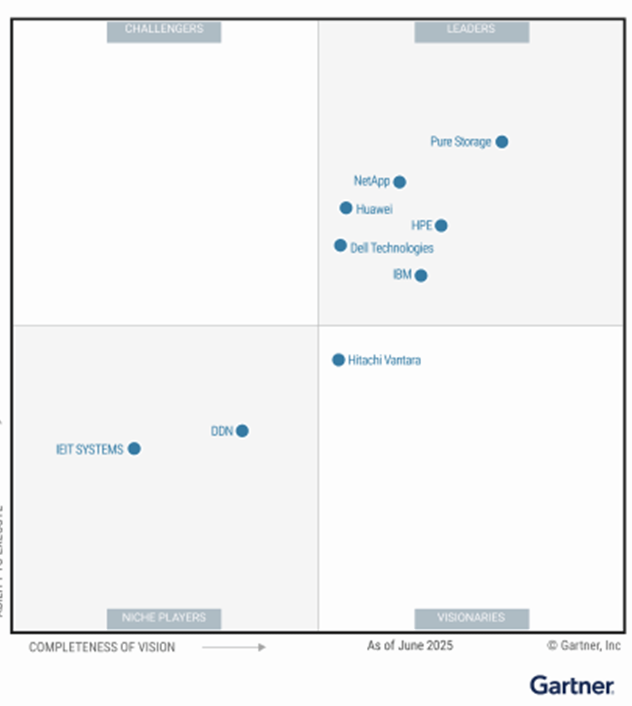How to Start Your Data Protection Process
- kelsey7515
- Jun 11, 2019
- 4 min read
Updated: Mar 10, 2025
Now, more than ever, data protection is a crucial aspect that should be incorporated into every business. However, it can be a complicated and confusing process. How much security do you need? How do you go about this? Who can help you with it? What company will benefit you the most? The most difficult part of the process is how to start and where to start. But, ATS can help you start and establish a strong data protection program that is the best fit for your organization.
Here are ten steps to take to establish and strengthen a data protection program.
The first step to a strong data protection program is making sue minimum-security baselines are in place, thus having the most basic data protection efforts to improve upon. After having perimeter and end-point security in place, you should identify and locate your sensitive data so that you can understand how it is created and used. This will then lead you into the next step.
Define Sensitive Data
Now that you have a security baseline and have identified your sensitive data, you should understand how exposure of that data may affect you or your organization. If you’re sensitive data was stolen, how would it affect the organization, the employees, customers, stakeholders or anyone else associated with the company? This will help you determine other sensitive data in the future so that you can protect that data correctly.
Understand Data Lifecycle
There are different stages that data goes through, and this is called its life cycle. Data life cycle stages are create, store, use, share, archive and destroy. If you understand the cycle, then you can determine what stage your data is in and apply the best protection policies to each data set. Understanding your data is crucial in the entire creation of your protection program.
Locate Sensitive Data
There are certain places sensitive data may be more prevalent than others. For example, it will be more prevalent in file servers, HR databases and other systems of records. After identifying where sensitive data is stored, a hybrid approach should be used to protect the data. Apply security policies to known data, number unknown data and always monitor the creation of new data.
Identify Privacy and Data Protection Rules
There are many different roles within an organization, internally and externally. There are stakeholders, owners, customers and more. It is important to correctly inform every one of their relation to any sensitive data and how exposure of sensitive data can affect their role or position and the success or reputation of the organization.
Establish a Data Security Process
Data security will become a process that you will constantly go through as new sensitive data is created or acquired. Here are three things that you will have to consider as you go through the process:
• Resources: people, abilities, technology
• Time: is this crisis management or a proactive approach?
• Buy-in: discuss the importance of the change/process with management or general community to get buy-in
Manage Compliance and Data Governance
Although compliance requirements exist – PCI, HIPAA, SOX, etc – it does not guarantee security. You can be compliant with policies, but still not have a secure enough network to protect the data. It is best to go above and beyond what compliance requirements say to fully secure your data and organization. Another step to take with this is to add governance and constantly check over outside compliance requirements and your new company compliance requirements to ensure that your new protection program stays.
Use PPT to Protect New Data
Now you can locate and protect your existing data and then use “data threat modeling” to prepare for any cyber attacks in the future. To aid in this, you should apply the PPT process. This means to have a process for identifying and categorizing new data, make people aware of the process and what their role or relation is, and use technology to automate as much of the process as possible.
Formulate Classification Levels for Advanced Protection
To better protect all of your sensitive data and meet external and internal compliance requirements, you should classify data by level of sensitivity. Classifying data like this will help you to determine what sets of data will need stricter protection policies as well as stricter observance.
Get Serious, Get Systematic, Get Peace of Mind
Creating and implementing your own data protection program for your organization can seem complicated and difficult, but taking it step by step like this will help. It will help you determine what aspects of the organization and what data is most sensitive and requires extra protection and compliance requirements. This will streamline the process and make it easily doable.
In addition to taking it step by step like this, there are external resources that can help guide you through this process easily and really simplify data protection for you. ATS has many resources and partners that can address all of your data protection needs and we have the people to help you through the process and implement a new data protection program for your organization.





Comments